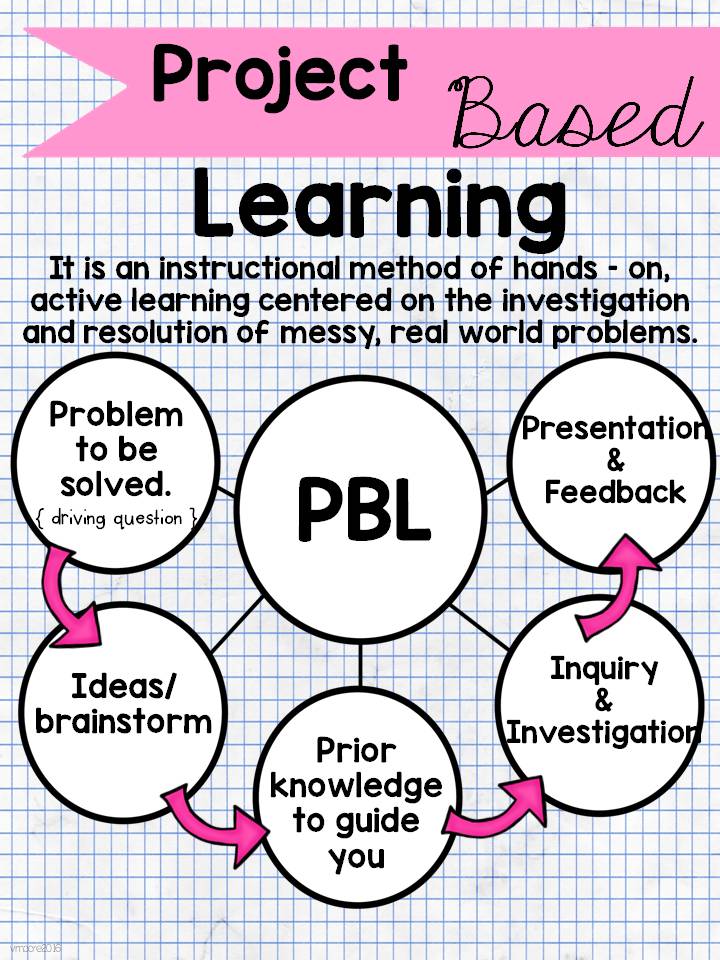Project-Based Learning (PBL) has gained popularity in recent years as a more engaging and student-centered approach to education. Unlike traditional teaching methods that rely heavily on lectures and tests, PBL focuses on real-world problem-solving through hands-on projects. This method promotes critical thinking, collaboration, and creativity among students, preparing them for the challenges of the future.
One of the main advantages of PBL is its ability to make learning relevant and meaningful. By connecting classroom concepts to real-life situations, students gain a deeper understanding of the subject matter. For instance, instead of simply memorizing facts about climate change, students may engage in a project where they research its causes and effects and propose solutions to mitigate its impact. This hands-on experience not only enhances their knowledge but also fosters a sense of ownership over their learning.
Another strength of PBL lies in its promotion of teamwork and collaboration skills. In today’s interconnected world, it is crucial for students to be able to work effectively with others from diverse backgrounds. Through group projects, PBL encourages students to communicate ideas, delegate tasks, resolve conflicts, and collectively achieve goals. These collaborative skills are valuable both inside and outside the classroom as they mirror real-world working environments.
Furthermore, PBL nurtures creativity by giving students the freedom to explore different approaches in solving problems. Instead of following rigid guidelines or predetermined answers, learners are encouraged to think outside the box and find innovative solutions. This empowers them to become active participants rather than passive recipients of knowledge.
Additionally, project-based learning allows for personalized assessment methods that go beyond traditional exams or quizzes. Instead of relying solely on standardized testing or grading schemes based on memorization recall ability alone; teachers can evaluate student performance based on how well they apply content knowledge during their projects’ execution process—assessing critical thinking abilities alongside content mastery.
Incorporating interdisciplinary connections is another advantage provided by project-based learning approaches. Many real-world challenges require knowledge and skills from multiple disciplines. PBL allows students to integrate concepts from different subjects, encouraging a holistic understanding of complex problems. For example, a project on sustainable housing may involve elements of science, mathematics, engineering, and social studies.
PBL also fosters essential life skills such as time management and organization. Students must plan their projects effectively to meet deadlines and allocate resources efficiently. These skills are transferable to various aspects of life beyond education and will serve students well in their future careers.
Critics argue that PBL can be time-consuming compared to traditional teaching methods. Preparing for projects requires careful planning on the part of educators, ensuring that they align with curriculum standards while being engaging and relevant to students’ lives. However, proponents argue that the benefits outweigh the additional effort required by both teachers and students.
In conclusion, Project-Based Learning offers numerous advantages over traditional teaching methods by making learning relevant, fostering collaboration and creativity, allowing for personalized assessment methods, integrating interdisciplinary connections, and developing crucial life skills. By engaging students actively in problem-solving activities through hands-on projects; they become active participants in their own education rather than passive recipients of information—a vital shift towards preparing them for success in an ever-changing world.

Leave a comment